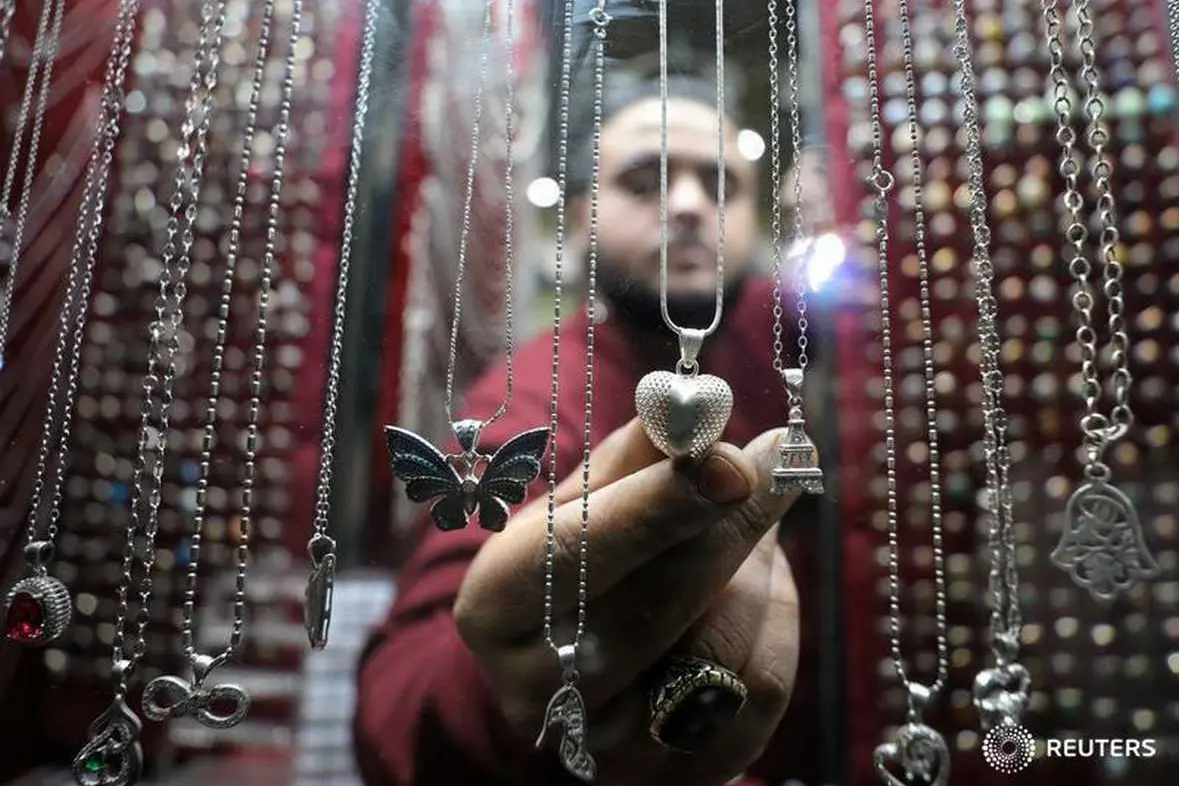PHOTO
Mohamed Kassem is working hard to secure one of the last links in a supply chain he believes will turn Egypt into a clothing export powerhouse - and help revive an economy long shackled by politics and red tape.
Like other exporters, the former chairman of the Ready Made Garments Export Council of Egypt had hoped the November 2016 devaluation of the country's pound would trigger a surge in foreign sales.
That has been slow in coming even though the currency's value against the dollar has more than halved since then, but Kassem is confident that his new $350 million project - a huge, customs tax-exempt textile complex - will be one cog in an export revival by the time its looms start humming.
"Egypt does not produce enough fabric in the quantities that are needed. This is the last component to complete the entire supply chain," he said.
Egypt's economy was damaged by years of unrest that followed a 2011 uprising which toppled long-time leader Hosni Mubarak. Current president Abdel Fattah al-Sisi, now serving a second term, promised to put it back on track.
"Exports from Egypt have not been as sensitive to the changes in foreign exchange rates as in other countries, and that's why we haven't seen a bigger pick-up in exports," said Reham Eldesoki, a Cairo-based economist.
High interest rates, a breakdown of trust by foreign buyers during the post-uprising years and a lack of capacity to meet changing foreign demand have all played their role.
"It's the bureaucracy. It's the market access. It's the quality control," Eldesoki said.
"Foreign buyers wanted a consistent supply, and Egyptian producers were not able to give it to them," added Tarek Tawfik, head of the American Chamber of Commerce in Egypt.
MEASURING UP
In 2017, growth in non-oil exports was a relatively modest 9.2 percent, far short of pre-uprising levels, though a jump to 19 percent in the first three months of 2018 - according to central bank figures - points to a change for the better.
That figure roughly matches the annual growth rates of cotton textile and garment exports in the seven years that followed Egypt's previous major devaluation in 2003.
That boom lasted until the 2011 uprising. In the turmoil that followed, textile and clothing exports contracted, weighed down largely by an overvalued currency.
Kassam hopes the current tentative recovery will be better established by the time the first product from his new industrial park for textile production is scheduled to ship in two or three years.
The complex near the city of Minya, 200 km (120 miles) south of Cairo will cover 1.3 million square metres and focus on spinning, dyeing, weaving and finishing, with some 90-95 percent of its output to be designed for export.
Chinese investors have shown interest in the project - "Egypt now imports yarn and fabric from the Far East," Kassem said - and in March the prime minister provisionally designated it a free trade zone.
SWINGS AND ROUNDABOUTS
While a recent law requiring foreign suppliers to register with the government has made life harder for Egyptian manufacturers who need foreign parts, Tawfik says another law is being introduced to streamline the hyper-regulated food production business.
He said the previous system where producers had to report to multiple authorities has now been replaced.
"Now we have a food safety authority enacted that supersedes the seven ministries and the 15 regulatory authorities. Thus the problem is rectified."
(Reporting by Patrick Werr; editing by John Stonestreet) ((mailto:patrick.werr@thomsonreuters.com;))












